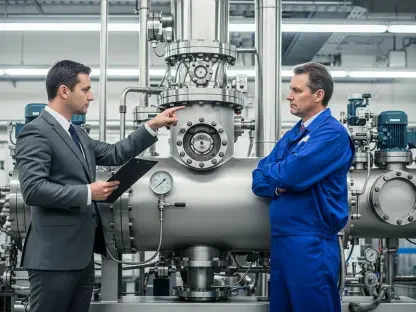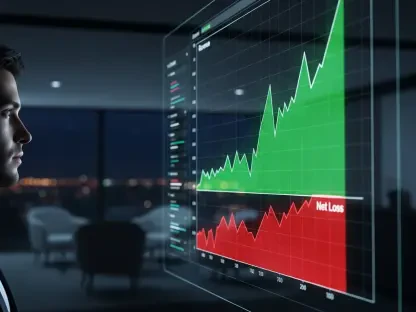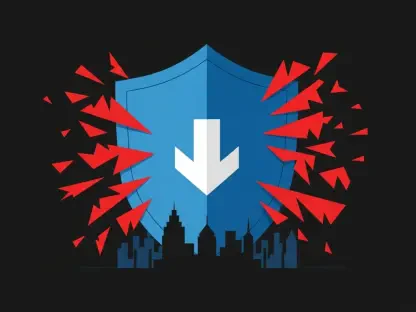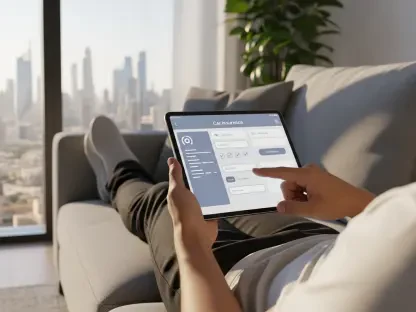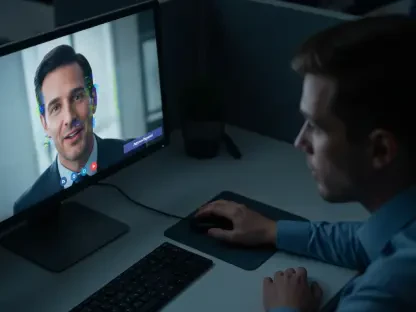The landscape of fleet accident management has traditionally been laden with challenges, from lengthy claim processes to high insurance premiums. However, the integration of telematics technologies is set to fundamentally alter this scenario by enhancing efficiency and reducing costs. A strategic collaboration between Ctrack and Artura exemplifies this shift. By combining advanced dashcam technology with comprehensive incident management systems, these companies aim to streamline the claims process, mitigate insurance expenses, and minimize vehicle downtime. The advantages of such a unified approach not only propel operational efficiency but also promise significant financial benefits, ultimately reshaping the future of fleet management.
Revolutionizing Claims Processes with Advanced Telematics
Immediate Responses and Swift Evidence Capture
At the heart of this transformation lies the immediate response capabilities enabled by telematics. Through real-time incident notifications facilitated by advanced dashcams and driver reporting applications, fleets can swiftly capture crucial evidence for fault determination. This timely capture of information ensures that third-party costs are reduced, and disputes are resolved efficiently. Effective incident management systems can expedite decision-making by integrating these technologies, thereby minimizing the time fleets spend inactive. Such rapid response mechanisms not only enhance fleet productivity but also play a pivotal role in improving safety standards across the board.
Beyond immediate response benefits, the system’s enhanced data analytics further enriches the management of claims. By analyzing data in real time, fleets can anticipate potential risks and proactively implement measures to prevent accidents before they occur. This anticipatory capability creates a proactive culture, where risks are continuously assessed and mitigated, contributing to overall fleet safety. Moreover, this detailed insight into driver behavior can also be instrumental in refining driver training programs, ensuring that drivers are well-equipped to handle diverse driving conditions, thereby further reducing accident occurrence.
Financial Efficiency and Reduced Insurance Costs
Integrating telematics into fleet operations can substantially lower insurance costs by enabling insurers to assess risks more accurately. With comprehensive data on each incident, insurers can better tailor their offerings to the specific needs and profiles of different fleet operators, potentially lowering premiums. This partnership between telematics and insurers can thus lead to a mutually beneficial arrangement where fleets benefit from reduced costs, and insurers gain a clearer understanding of the risks involved.
Furthermore, this advanced technology facilitates more efficient repair and claims management, reducing the time and resources required to handle incidents. By optimizing repair processes and ensuring faster claim resolutions, fleets can reduce the costs associated with vehicle downtimes and excess expenses. For instance, Artura’s collaboration provides fleets with a £150 excess contribution per claim and courtesy vehicles for non-fault incidents, addressing some of the common financial burdens faced by fleet operators. This economic efficiency is instrumental in promoting the widespread adoption of telematics across the industry.
Enhancing Fleet Operations and Protection
Advanced Features for Comprehensive Management
The partnership between Ctrack and Artura exemplifies the innovative approach to enhancing fleet operations. Their integrated telematics system provides a comprehensive suite of tools designed to protect both drivers and vehicles while optimizing fleet productivity. This platform offers a unique blend of accident and repair support, promising fleets a more streamlined and efficient way to manage incidents, which ultimately bolsters operational effectiveness.
These systems are not merely reactive but have a proactive element that highlights their power in shaping fleet management. By constantly monitoring driving patterns, telematics can detect concerning trends that may indicate potential risks. This proactive monitoring facilitates targeted interventions, ensuring that actions can be taken before accidents occur. Such preventive strategies not only enhance safety but also contribute to creating a safer road environment for all.
Future Prospects and Automation
The collaboration does not merely settle for current achievements; it looks toward the future with plans to further automate incident, claims, and repair processes. By integrating Artificial Intelligence (AI) and machine learning, these systems are poised to become even more intuitive and responsive to evolving fleet management needs. This forward-thinking approach reassures fleet managers that they are equipped with tools designed to meet future challenges while also preparing them for the technological advancements yet to come.
As automation in this domain advances, the potential for further reducing administrative burdens and increasing efficiency grows. These innovations could lead to even quicker claim resolutions, enhanced repair workflows, and a more seamless integration of all components involved in fleet management. This dynamic and adaptable system ensures that fleets remain agile in the face of industry changes, fostering an environment where fleet managers are empowered to focus on their core operations rather than logistical complexities.
A New Horizon for Fleet Management
Managing fleet accidents has traditionally come with its own set of demanding challenges, such as drawn-out claim processes and steep insurance premiums. Yet, the introduction and integration of telematics technologies promise to dramatically transform this landscape. The collaboration between Ctrack and Artura serves as a prime example of this impending change. By uniting cutting-edge dashcam technology with robust incident management programs, these enterprises are intent on streamlining the claims process, cutting insurance costs, and reducing vehicle downtime. The partnership’s cohesive approach not only boosts operational efficiency but also offers promising financial advantages, projecting a reshaped future for fleet management that prioritizes both effectiveness and cost efficiency. By focusing on incident management systems and telematics, companies can expect smoother operations and better overall outcomes for their fleets, positioning them ahead in the rapidly evolving world of transportation.


